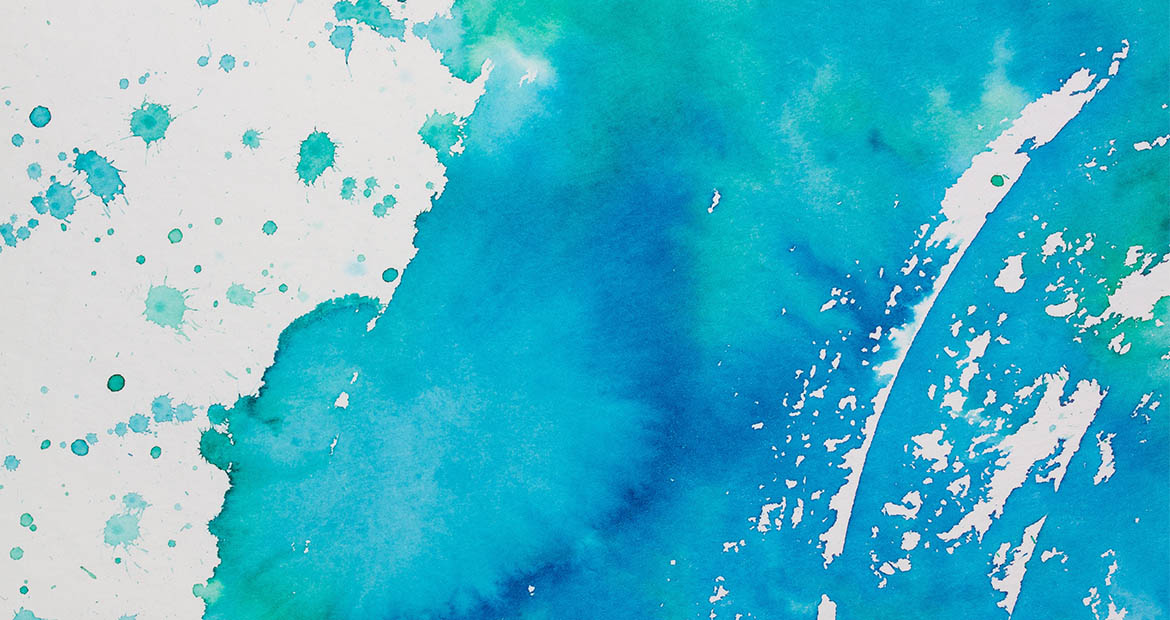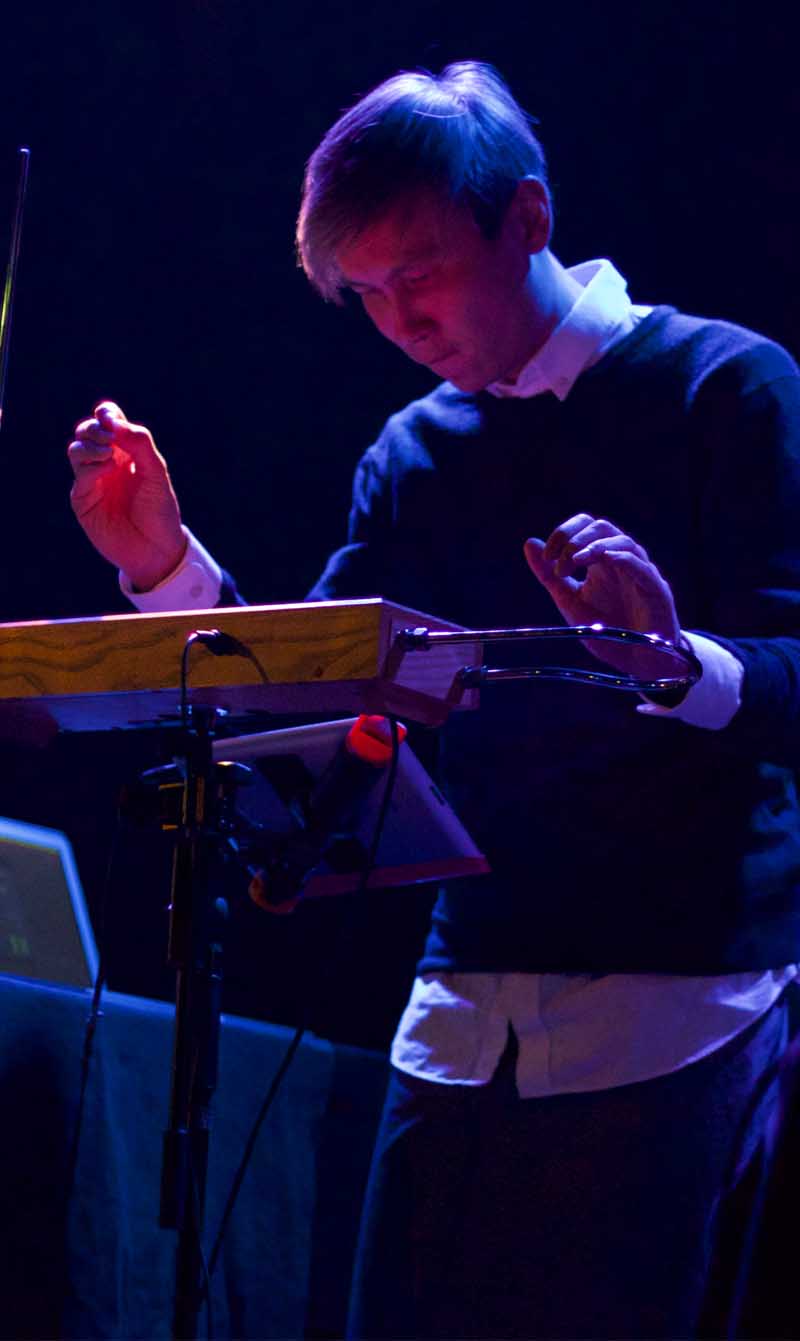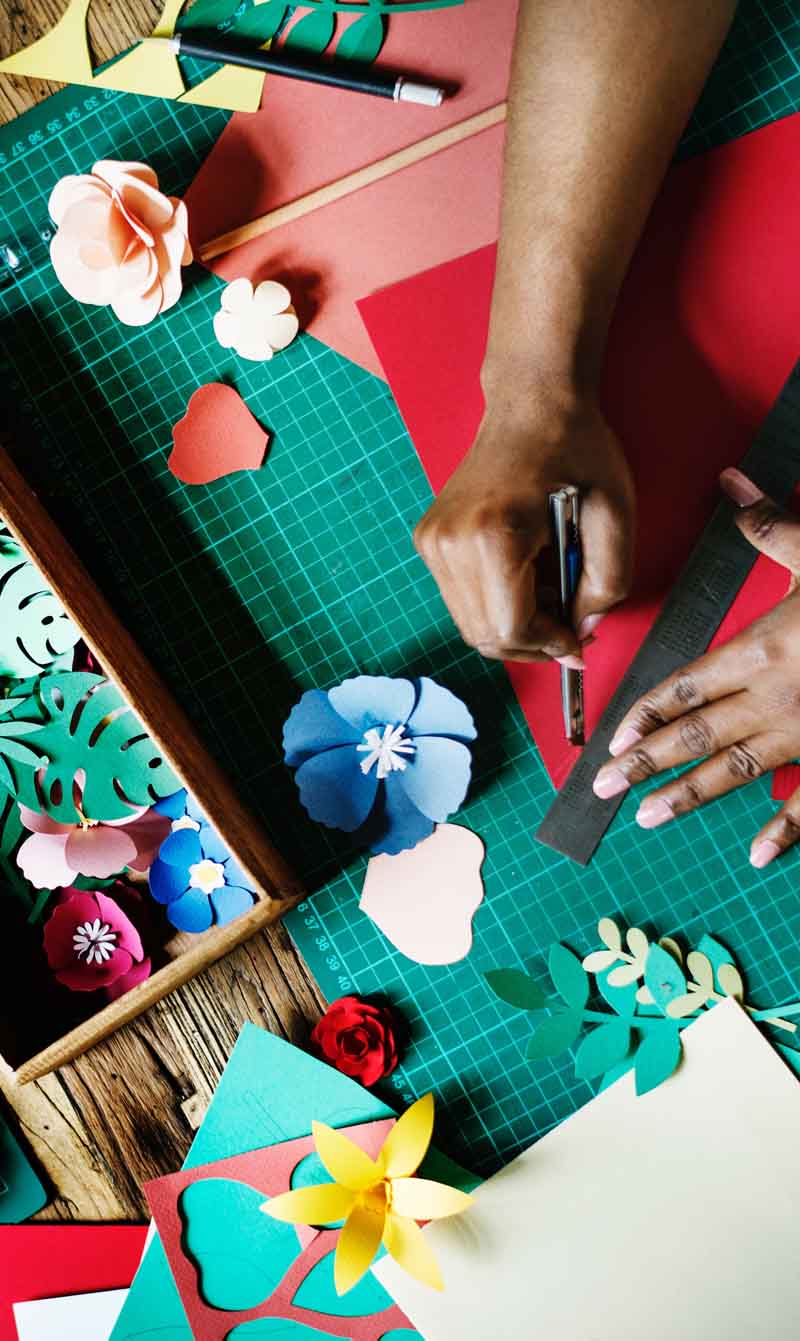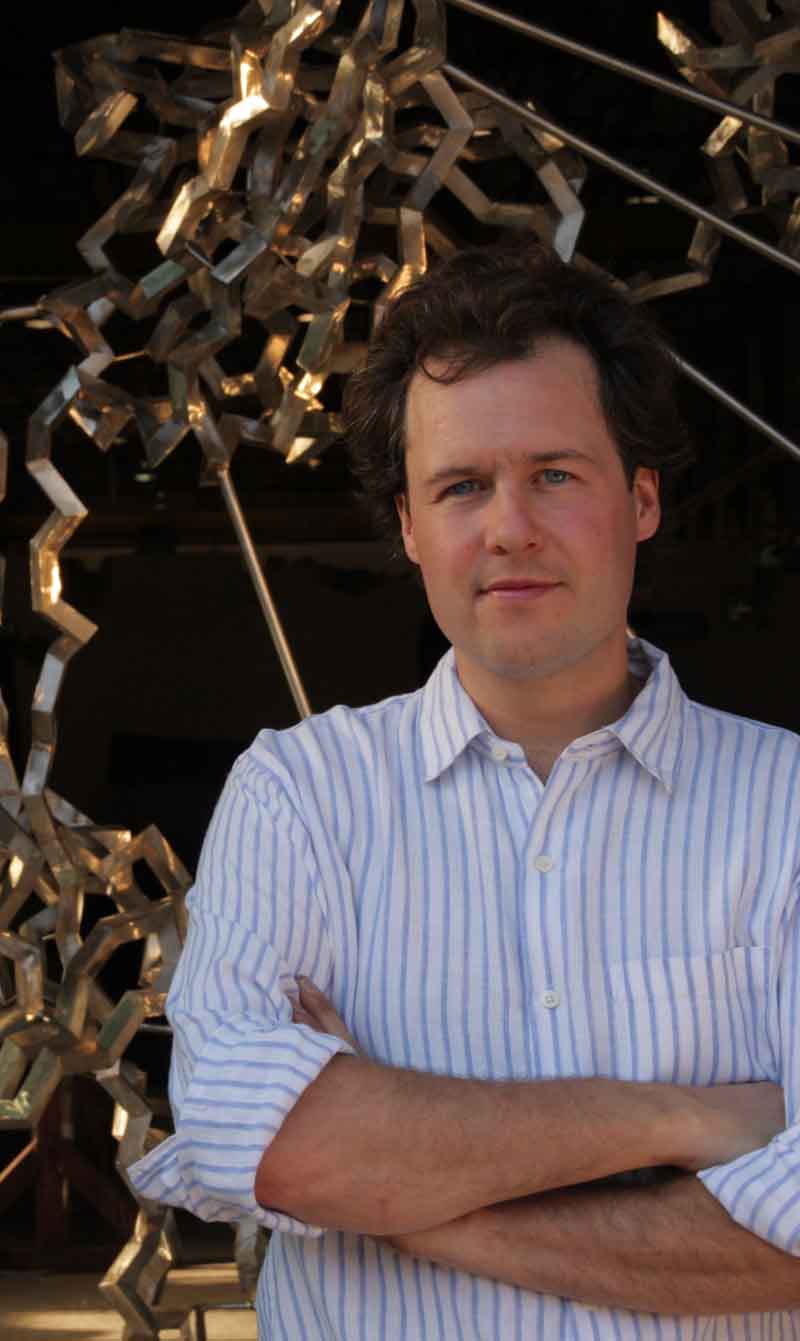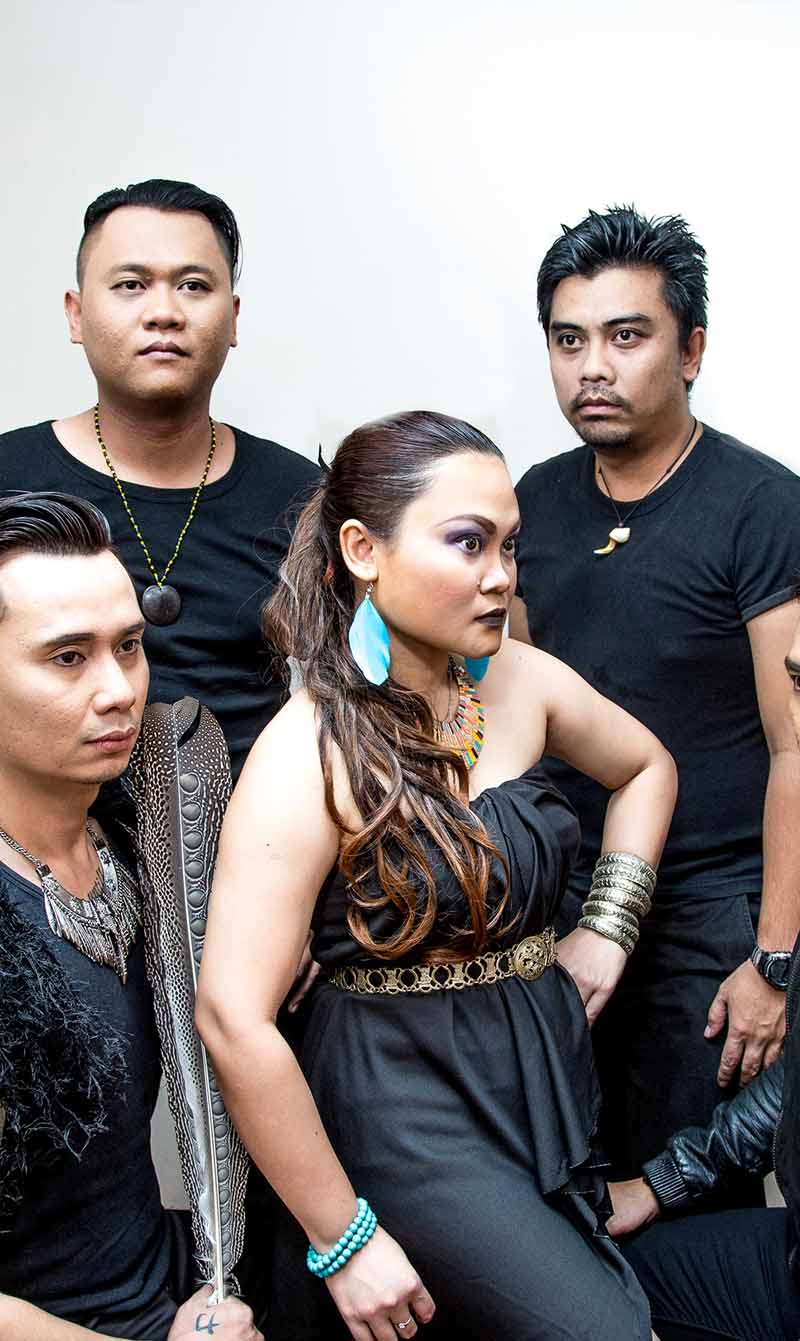A springboard for emerging artists
The cliché of the ‘starving artist’ is deeply rooted in today’s reality. In any society around the world, making your mark – and beyond that, a livelihood – as an artist means overcoming numerous challenges that stand in the way of being rewarded for your work.
A series of reports on ‘Serving Emerging Artists’ by the Arrowmont School of Arts and Crafts, and the Alliance of Artists Communities found that emerging artists face significant challenges – both on a day-to-day basis and within the broader context of having their work or discipline recognised.
Artists receive barely enough support and recognition from the government and the society for what they can contribute to the nation. Emerging artists also find it difficult to break into existing business and financial networks, where they might find support or patronage.
As a consequence, artists’ story of financial challenges may be more marked than in other professions. Emerging artists face difficulties in paying off their student loans, getting social security benefits, as well as getting affordable studio space or equipment to work with. Many new artists also struggle to market themselves and their work as their formal training often neglects the aspects of how to make a living from their work.
Making matters worse, the common notion that making art is not a “real job” underpins many of these challenges and hinders emerging artists from accessing the resources and support that they need to fully develop their talents, which in turn would help tremendously in shaping knowledgeable, prosperous economies.
Developing the creative arts industry
WIEF’s MOCAfest (Marketplace of Creative Arts), held in conjunction with the annual WIEF, is specially designed to help fledgeling artists find their footing. In its 8th instalment, MOCAfest started off with a five-day pre-festival intensive training programme, MOCAfellows, hosting a series of workshops on professional development for a group of selected emerging artists.
Following an extensive showcase of performances, visual art exhibition, masterclasses, bringing together emerging artists, renowned artists and the business community under one roof to encourage understanding and cross-sector collaboration.
Apart from helping emerging artists, MOCAfest also sought to build bridges between the arts and the business world by providing a channel for artists to meet potential investors and funders from among the business leaders attending the annual WIEF, held at the same venue. At the same time, the MOCAfest educates the business world on the value of cultural capital and how it returns commercial dividends.
MOCAfest has helped to connect artists to more opportunities and expose them to a broader audience. For instance, one of the past participants, a visual artist named Cufica, was awarded a grant from the Embassy of Mexico City under a six-month residency programme, while singer Fakhrul Razi received an invitation to perform in Switzerland.
For many young artists who have attended MOCAfest in the previous years, the experience has been both rewarding and inspirational. Their testimonies show that programmes like these can help put a “starving artist” on the path towards success.
‘Bring(ing) young people like that together… is actually the most important thing because I think that if you are an artist you tend to work on your own. You struggle a lot sometimes dealing with your own situation and then to see other artists, how they have kind of coped, brings a lot of positive energy to an artist,’
Artists speak
Seven years of MOCAfest – held in Kuala Lumpur, Singapore, Astana, Bandung, Johor Bahru, London and Dubai – has engaged and impacted more than 200 artists from around the world. Among them were award-winning photographer Peter Sanders, Arabic calligraphy artist Haji Noor Deen Mi Guang Jiang, and contemporary artist Madny al-Bakry.
Soulful images
From photographing rock musicians to capturing images of Islamic culture and heritage, British photographer Peter Sanders has not only achieved worldwide fame, but also gained rich spiritual experiences.
At the 7th MOCAfest in conjunction with the 10th WIEF in Dubai, Sanders conducted a workshop on how to capture life and spirit through portrait photography. He commended the MOCAfest as the only platform that currently supports upcoming artists to such a great extent. ‘Bring(ing) young people like that together… is actually the most important thing because I think that if you are an artist you tend to work on your own. You struggle a lot sometimes dealing with your own situation and then to see other artists, how they have kind of coped, brings a lot of positive energy to an artist,’ said Sanders. ‘The event leaves the artist inspired but the artist should use this inspiration to pursue their dreams,’ he added.
He believed that upcoming artists only needed modest financial support to survive so that they could continue working and pursuing their passion. He likened it to a hadith in Islam: ‘When someone was begging for money, the Prophet gave him an axe to chop wood and sell it to sustain himself. The same concept applies to young artists – you do not have to give them excessive amounts of money, just something to push them to the next level.’
He noted that the real challenge lay in finding investors from the business community with a genuine interest in art. Organising the MOCAfest in tandem with the annual WIEF was a good way to inspire business leaders to get involved in art.
Contemporary meets calligraphy
Along with Jiang, another artist mastering the genre of calligraphy was Oman-based Madny Al Bakry, who fuses African motifs and patterns with Islamic calligraphy using a graffiti approach.
Al Bakry, who was involved in the 1st and the 3rd MOCAfest, said that the MOCAfest gave the young artists a platform to showcase their talents internationally, which would otherwise be almost impossible.
“This is a morale boost and would give the artist confidence in exhibiting with accomplished artists from countries around the Islamic realm,”
he said, adding that this would help pave the way for the artists to gain recognition in the future.
At MOCAfest, Al Bakry said that the artists were exposed to both admirers and critics, which allowed them to gauge the appeal of their creativity.
One of the highlights of MOCAfest for Al Bakry was when all participants shared the stage together to deliver a ‘Fusion Showcase’ featuring artists from various disciplines and backgrounds. Artists presented their individual self-expression and interpretation under one common theme to create a fusion plethora that encapsulated feelings of unity, brotherly love, and togetherness. ‘We were all happy to have supported and encouraged one another,’ said Al Bakry.
Art of calligraphy
Jiang, who hails from the Shangdong province in China, is a master Arabic calligrapher who has created a style of his own that juxtaposes traditional Islamic art with modern elements, a combination of Eastern and Western influences. His work was featured at the 5th MOCAfest, which celebrated a revival of Arabic calligraphy.
‘Arabic fonts and Arabic drawing have developed in recent years with the help of technology, but because of this (MOCAfest) programme, artists are now revisiting traditional ways of drawing with their own hands, which is an art that we have neglected in the past,’ said Jiang.
The fact that MOCAfest is targeted at all artists, Muslims and non-Muslims, meant that non-Muslim artists were also exposed to Jiang’s genre of art. ‘They were interested to learn more about Islamic art. As Muslims, we need to understand the importance of art as a practice of Islam and share it with everyone. It acts as a bridge between non-Muslims and Muslims, especially to help the youths with integration,’
He appreciated that MOCAfest was able to build a network for upcoming artists, as well as open channels for mentorship and collaboration.
Jiang expressed his hope that future MOCAfest programmes would emphasise greater interaction between the festival and the WIEF, in order to attract delegates from the business forum to invest in creative art projects. “This is seen as such a valuable opportunity for young artists to get inspired so that they can create work that will be appreciated and monetised,” he said.
